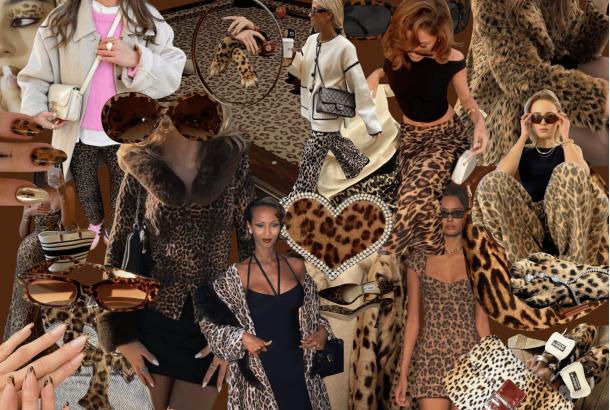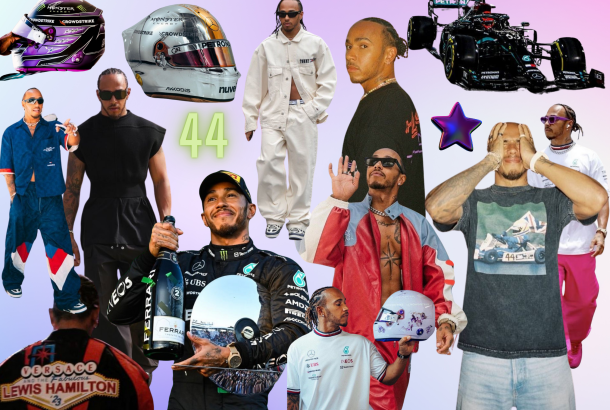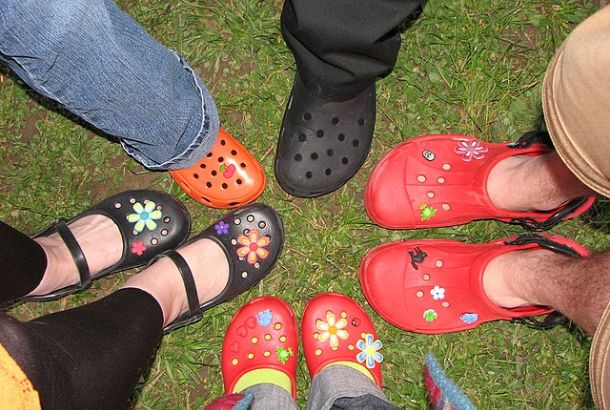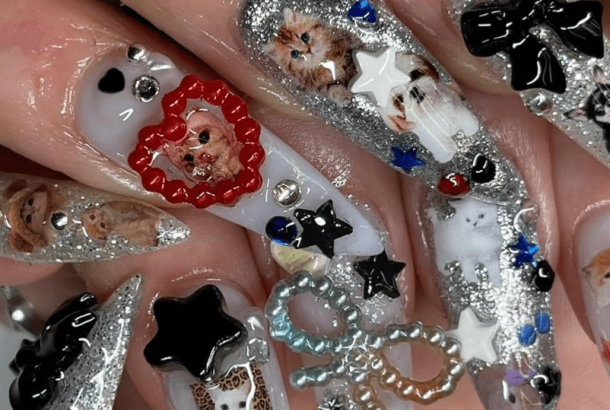Beauty: Only skin deep
By Erin Botten

Valued at $603bn, the beauty industry is one of the most powerful enterprises globally, but also the most flawed. As consumer conscience grows, the industry’s been placed under a microscope, especially in regards to colourism. Repeatedly, it fails people of colour, but why? And what needs to change?
Colourism (the favouring of light skin) has remained a prevalent issue in the beauty industry. Even before colonialism, complexion represented social status and virtue. Whiteness signified religious purity, justifying ethnic oppression as God’s will. Subsequently, the historic endorsement of colourism has had adverse effects on how society views non-white communities. While western practices of colourism remain subtle, nowhere is it more visible than in Asia.
Globalisation has allowed Eurocentric beauty standards to explode in Asia. The media and the beauty industry bombard Asia with Eurocentric messages, emphasising that success and happiness depend on whiteness.

Worth $6.5bn, skin lightening has become one of the fastest growing sectors, providing a quick fix for social mobility – and Western brands are propping it up. In 2019 Maybelline (owned by L’Oréal) released 17/40 of the Fit Me foundation shades in India, whilst Estēe Lauder’s campaign lighten their Indian models. The reason? Meeting market demand. Even in the US and the UK, brands are still unwilling to incorporate inclusivity. That is until Fenty Beauty made its debut.
New York’s Fashion Week saw a major shakeup in 2017 after Rihanna launched Fenty Beauty. In a world where makeup had previously prioritised white women, Fenty Beauty’s vast inclusivity turned heads fast. Straight out the gate women of colour stood strong at the forefront of Fenty’s campaign, showing off the 40 shades that catered to everyone.
Consumers were absolutely thrilled at the shade availability online and in-store, bringing in $72mil in the first month alone, dawning the “Fenty Effect”. Rihanna had proven the strength of Black buying power that other brands had previously ignored. Now those brands wanted in, ushering in expanded shade ranges and Black models. Yet, white women still remained the number one priority.
As Prof. Tiffany Gill puts it, “Many brands are unwilling to cater to [women of colour (WOC)] in fears that it will damage their brand,” as commercially darker WOC are rarely perceived as glamourous or beautiful.
Instead, these brands are giving Black consumers what social activist call ‘crumbs’: Minor gestures with the expectation of gratitude in return (for example, only stocking dark shades online). In fact, on average, despite earning 39% less, Black women spend 80% more on cosmetics compared to white women. This is down to inadequate products, shipping costs and luxury brand prices. So, when a brand genuinely support POC consistently, profits only go up.

“Brands don’t have an excuse,” KaVozia ‘Kay‘ Glynn asserted. As a photographer, Kay’s work shines a light on black culture and beauty. “I always try to be more inclusive but it can be difficult. For bigger companies, a lot of them don’t have an excuse – they have more options in terms of casting.”
L’Oréal owns 39 brands, yet the $29.5bn company’s inclusivity is dire compared to Kay’s, only featuring light WOC. “You can tell when it’s genuine and when it’s not,” Kay pointed out, “most brands are just doing it for the money; to get attention.”
But who are the people behind these companies? Estēe Lauder Companies and L’Oreal are beauty’s leading brands; both owned by multimillionaire old European men. 47% of Estēe Lauder Companies’ board of directors are women, with only two Black members. 43% of L’Oréal’s board of directors are women with no Black members. The lack of executive representation is reflected in the racial scandals each brand has faced.
In 2017 L’Oréal fired their first Black transgender model for calling out white supremacy, whilst their companies NYX and Maybelline limited their shade availability in India. Estēe Lauder’s Too Faced founder Jerrod Blandino celebrated his birthday with a “Rich Lives Matter” cake in 2018, and in 2016 MAC’s ‘Vibe Tribe‘ appropriated Native American culture.
Fabrizio Freda (Estēe Lauder CEO) and Jean-Paul Agon (L’Oréal CEO) have both approached colourism and inclusivity at different rates. Freda has taken the issue seriously, stating on the company site “We are deeply committed to doing even more to facilitate a culture of equity, inclusion and belonging within our company and our communities.”
As part of their initiative to achieve racial equity, Estēe Lauder has pledged to donate $10mil to support racial injustice movements – 0.6% of their 2020 revenue. Agon has shared similar messages, reciting that “Beauty for All is our mission,” emphasising the diversity of L’Oréal’s teams – apparently the board of directors doesn’t count.
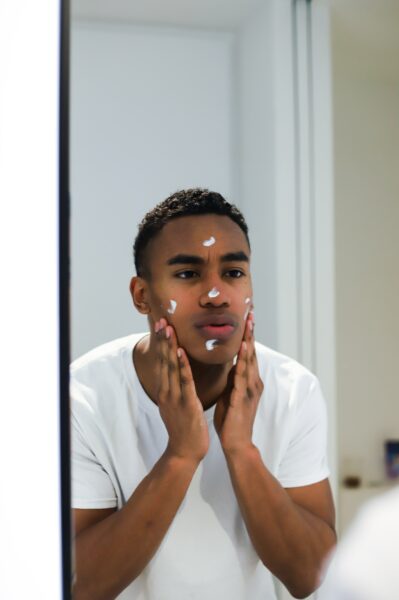
For many, corporate promises aren’t enough. “We need to stop relying on white establishments. We should take the time to educate ourselves and create our own things.,” Kay stated, explaining that waiting for white institutions stagnates progress. True change only occurs when Black creatives have taken it upon themselves to be the change they want to see as Rihanna did.
“I want to make stuff for myself, which in turn will help other Black people who aren’t shown,” Kay continued. Genuine inclusivity therefore demands equal board representation as often people subconsciously target those that look like them.
Despite the Fenty Effect, anti-colourism hasn’t really stuck. Brands that include Black creators are seen as inspiring, but not normal. Yet, British Vogue’s Editor-in-Chief Edward Enniful has made it the norm to work with and represent the Black community in Vogue. Whilst this sort of influence is key to tackling colourism, cultural representation needs to be normalised on shop floors, not just in the media.
Today, beauty is still measured by a white man’s gaze, and that measure will only change when the market demands it. Until consumers start to hold brands accountable, People of Colour are still going to be left with the crumbs of the beauty industry. Nobody wants crumbs.
